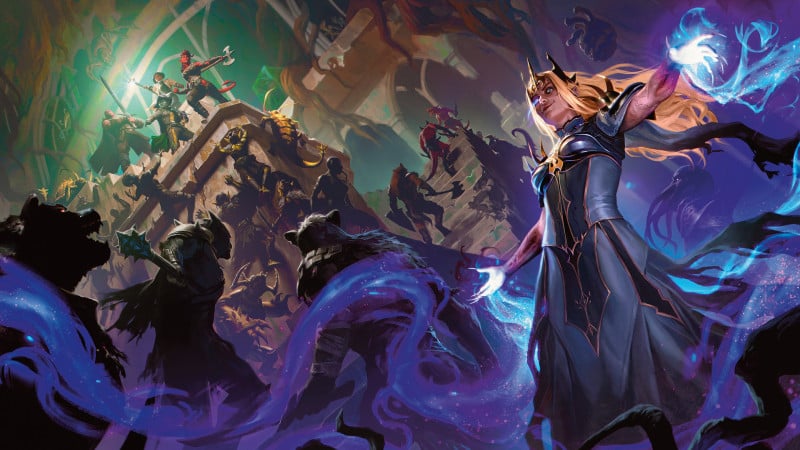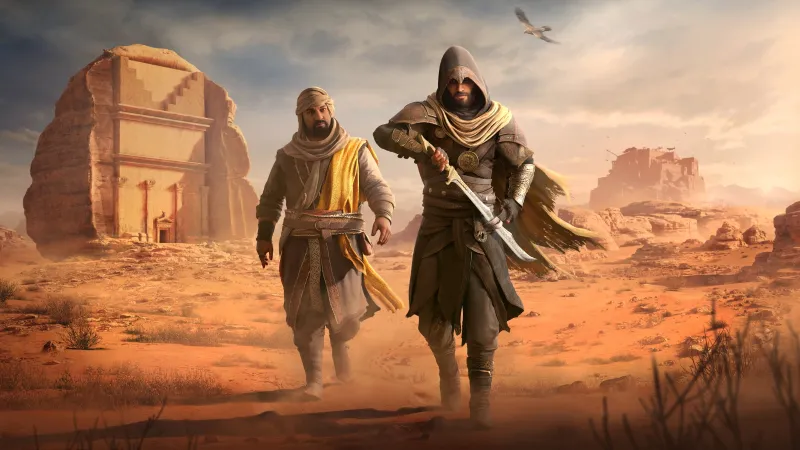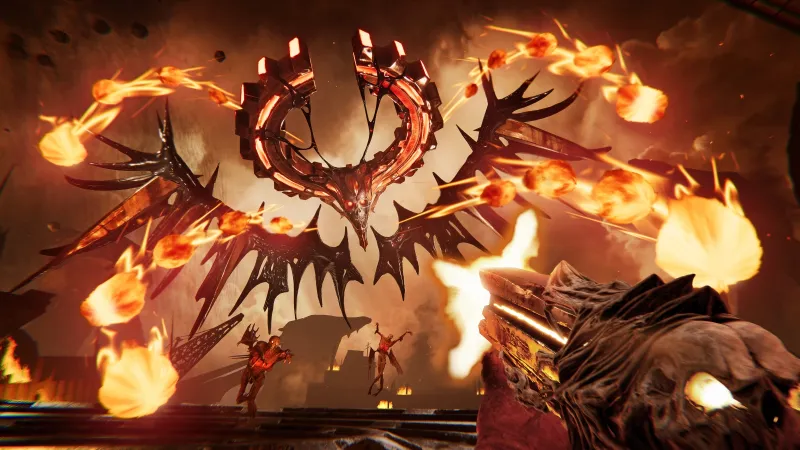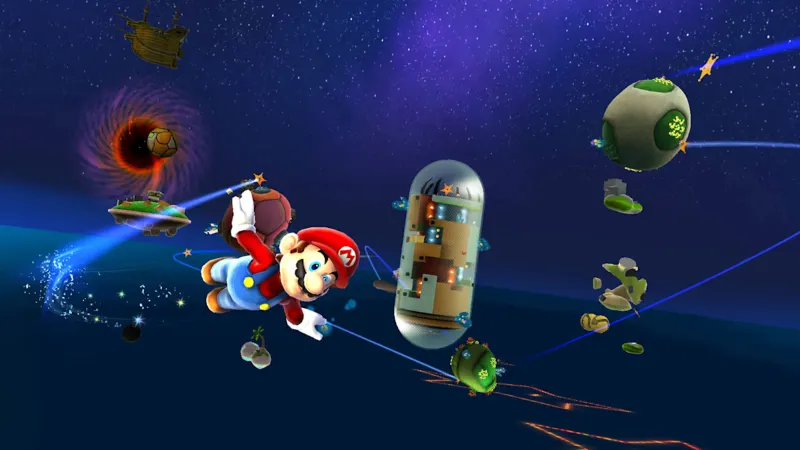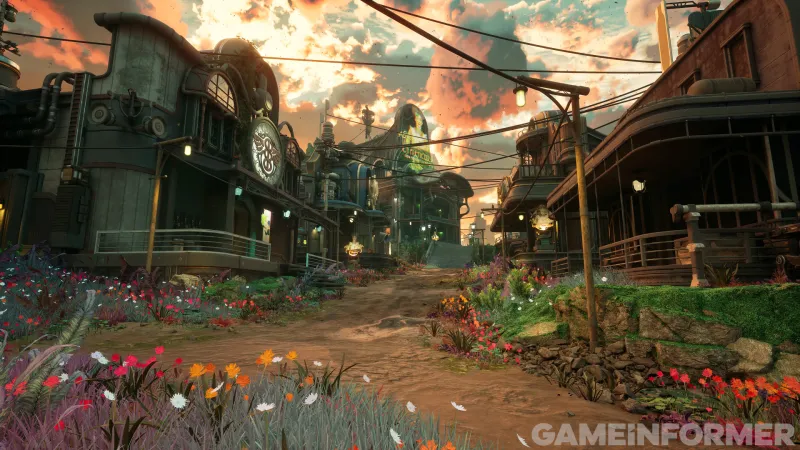Wizards of the Coast is preparing to roll out the newest iteration of Dungeons & Dragons: Forgotten Realms game books later this year, and we’re fortunate today to have the chance to debut the cover art from both books. Heroes of Faerûn is the new player-targeted book of new character options, spells, details about the setting, and more. Adventures in Faerûn speaks directly to dungeon masters eager to set new adventures in the Realms, and also provides a wealth of new monsters, magic items, and other excitement.
In this month’s new issue of Game Informer, we’ve got a lengthy multi-page feature detailing everything we could learn about this new version of D&D’s premier setting, including details on the different included “mini-settings,” different narrator characters from Forgotten Realms history that help to flavor the book, and numerous included additions to the game (including a new approach to magic). As a special treat for print subscribers, we also worked with Wizards of the Coast to include a double-sided poster packed in with the magazine showcasing the full cover art from each of the two new Forgotten Realms books. We hope you enjoy the bonus!
Familiar characters welcome readers to the new Heroes of Faerûn book. Artist Credit: Billy Christian
The Forgotten Realms campaign setting has a long and storied history that ties closely to the growth and eventual dramatic expansion of the Dungeons & Dragons game. But it’s more than a campaign setting for the tabletop game. Hundreds of Forgotten Realms novels helped bring new readers into the genre during the early years of the fantasy fiction boom . And in a lengthy list of dozens of video games rooted in the D&D fiction over the last several decades, the vast majority are set amid the places, characters, and events of the Forgotten Realms.
In speaking with the team that helped design the look of the books, it’s clear there was a conscious effort to create a clear throughline from the recent refresh of the core rulebooks (Player’s Handbook, Dungeon Master’s Guide, and Monster Manual) to the visual style and presentation that fans will uncover in these new Forgotten Realms books. It’s a connective tissue to this central setting that is in contrast to some other D&D expansions releasing over the next few months.
“Players will notice that there’s an intentional aesthetic bridge between the core books that came out over the end of last year and this year, and what we did with Forgotten Realms,” says senior graphic designer Matt Cole. “Because what will be transpiring as players pick up the books that come out this year before the Forgotten Realms releases, they’re going to see in the Dragon Delves book, a very different look and feel inside and inside, and with the Eberron release, yet another very different look and feel.”
Valindra lords over her minions as the heroes prepare to face her on the cover of Adventures in Faerûn. Artist Credit: Billy Christian
Based on the design and art I saw during my visit to Wizards of the Coast headquarters, that similarity to the earlier core rulebooks is apparent. A clean and approachable look characterizes the different pages, and the art is vibrant and rooted in familiar iconography.
A big part of that is how much the art and design team have embraced the popularity of the Forgotten Realms from all corners – including ample appearances from earlier video games and novels. Notably, recent stars of the video game world like Astarion (from Baldur’s Gate 3) make prominent appearances in the books. “This is one of the most played and oldest settings for D&D, and one of the longest running settings there is,” says senior art director Emi Tanji. “So, there’s a lot to pick from. There are a lot of novels. There’s a lot of game content and adventures. So, the team was very thoughtful in their choices of pulling newer faces, like Karlach, and also pulling other characters that I think more ingrained fans will pick up, like Drizzt or Dragonbait.”
The evolution of art for Xanathar the Beholder. Artist Credit: Yigit Koroglu
It was also fascinating to see the process that the design team undertakes with individual artists to define and refine individual art pieces. In one of the pieces included here, you can see the gradual transformation of a sketch into a final piece of art for the books, showing off the seemingly minor tweaks that make a big difference in revealing the notorious beholder known as Xanathar.
We’ve got some additional art and a bevy of details on the new Forgotten Realms books available to explore right now. If you’re a subscriber, head directly over to our new issue to read the full article, or wait to read when your print copy arrives. If you haven’t yet subscribed, we hope you’ll consider doing so. Since our relaunch of Game Informer, we’ve committed to including an increased presence for tabletop games like Dungeons & Dragons. Your support for these kinds of articles helps us to bring you more coverage of board games, role-playing games, and the many links between the tabletop and video gaming world.
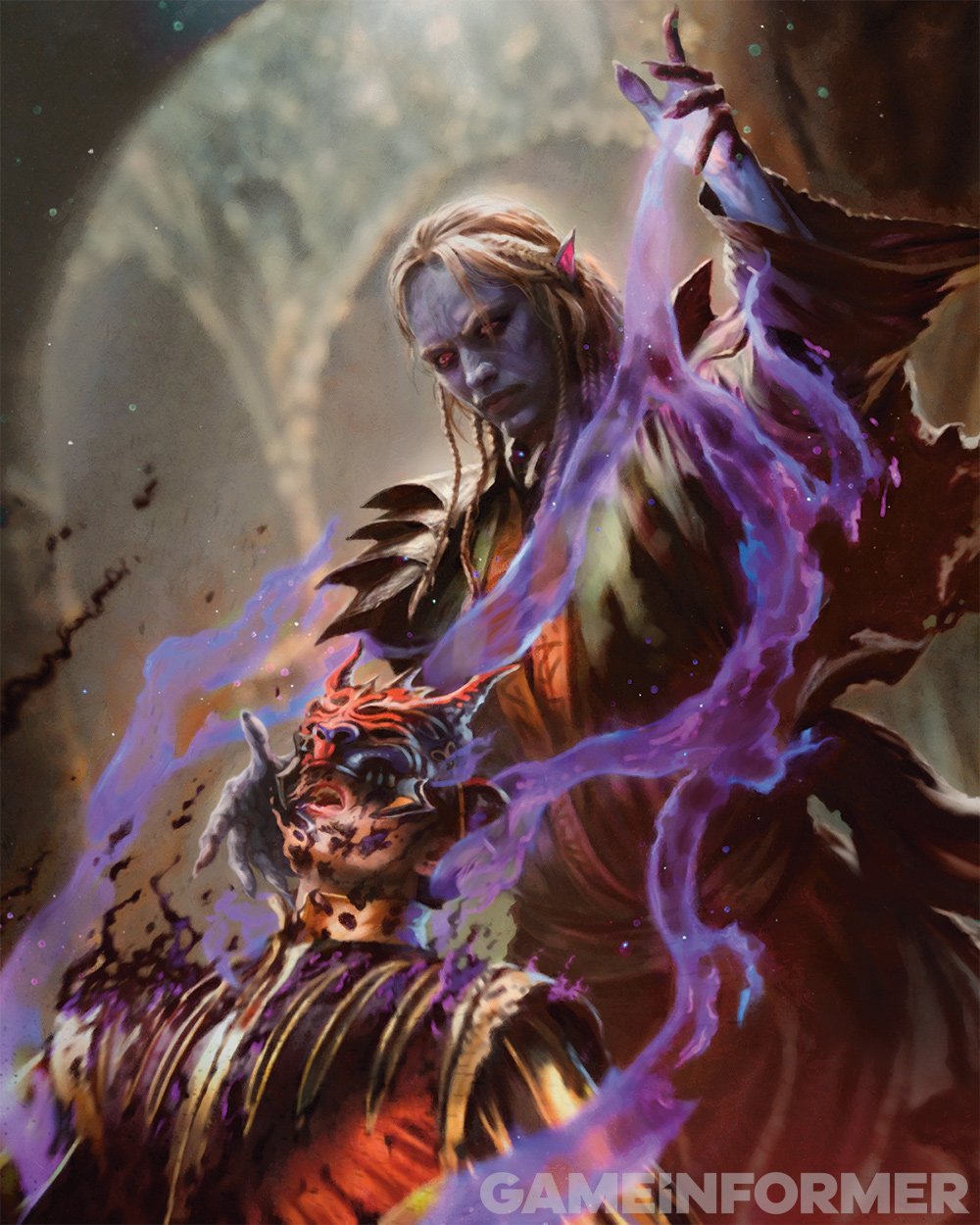
The Scion of the Three is a new rogue subclass. Artist Credit: David Astruga








